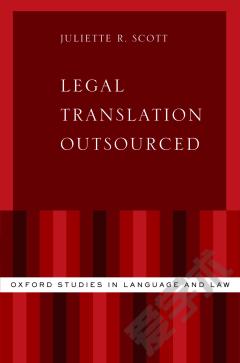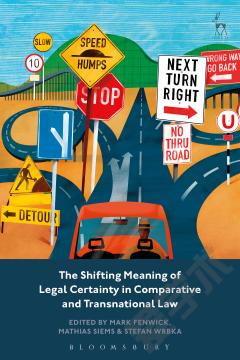The Role of Legal Translation in Legal Harmonization
Nine distinguished contributors, all leading experts and scholars in multilingual EU Law making, legal translation studies, comparative law or European (private) law, explore and analyse the legal translation praxis within EU legislative institutions appropriate for the purpose of legal harmonization, and examine both the potential and limitations of legal translation in the context of the developments of a single but multilingual EU Legal language. Among the many issues that arise for in-depth analysis in the course of the discussion are the following: ; defining 'drafting quality'; translating legal concepts beloning to specific legal systems; EU Policies on harmonization of national contract laws; legal uniformity vs. uniformity of interpretation and application; the effect of full harmonization clauses; proportion between general language vocabulary and legal terminoligy; and role of English in the EU and the aims of the EU institutions. The book concludes with a synthesis of the findings and reconmmendations of the various contributions. Most of the chapters were originally presented at a conference organized in January 2011 by the Amsterdam Circle for Law & Language (ACLL) and the Centre for the Study of European Contract Law (CSECL).
{{comment.content}}








 京公网安备 11010802027623号
京公网安备 11010802027623号